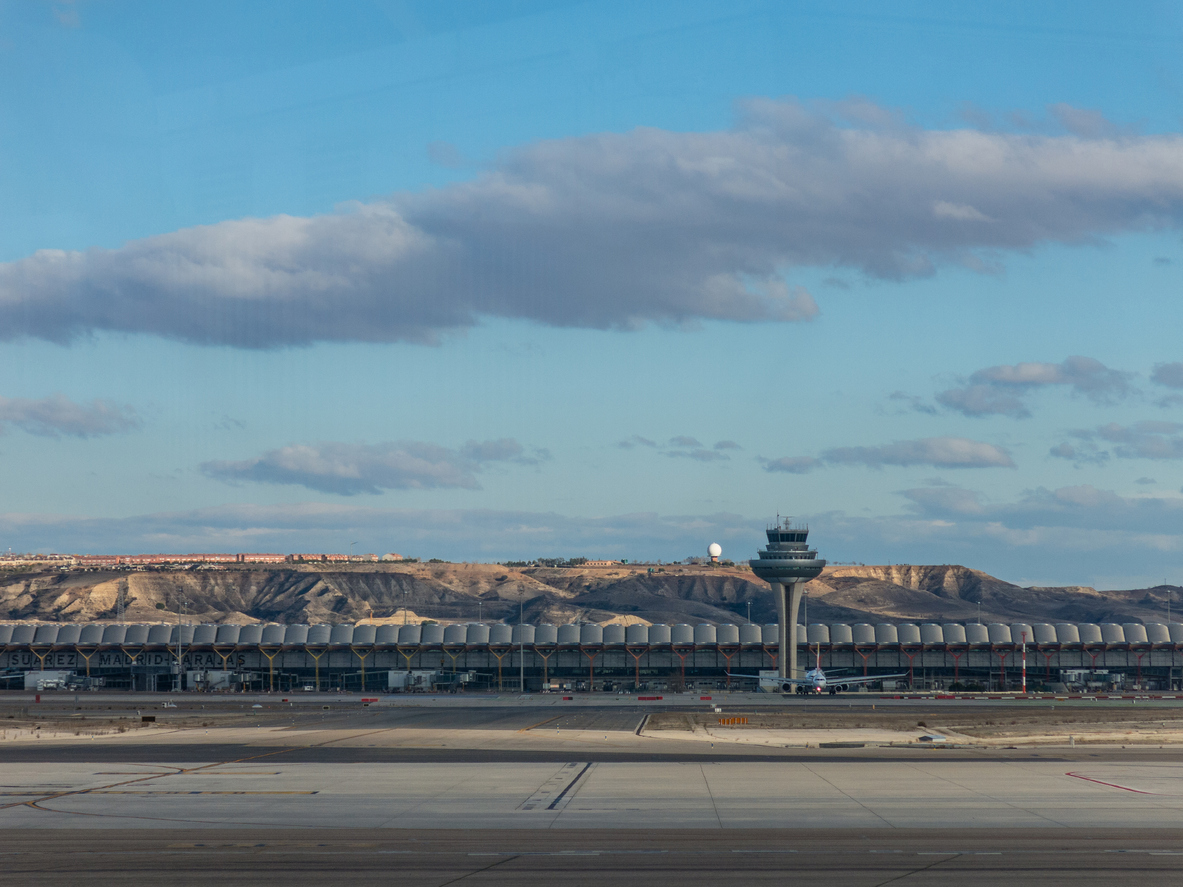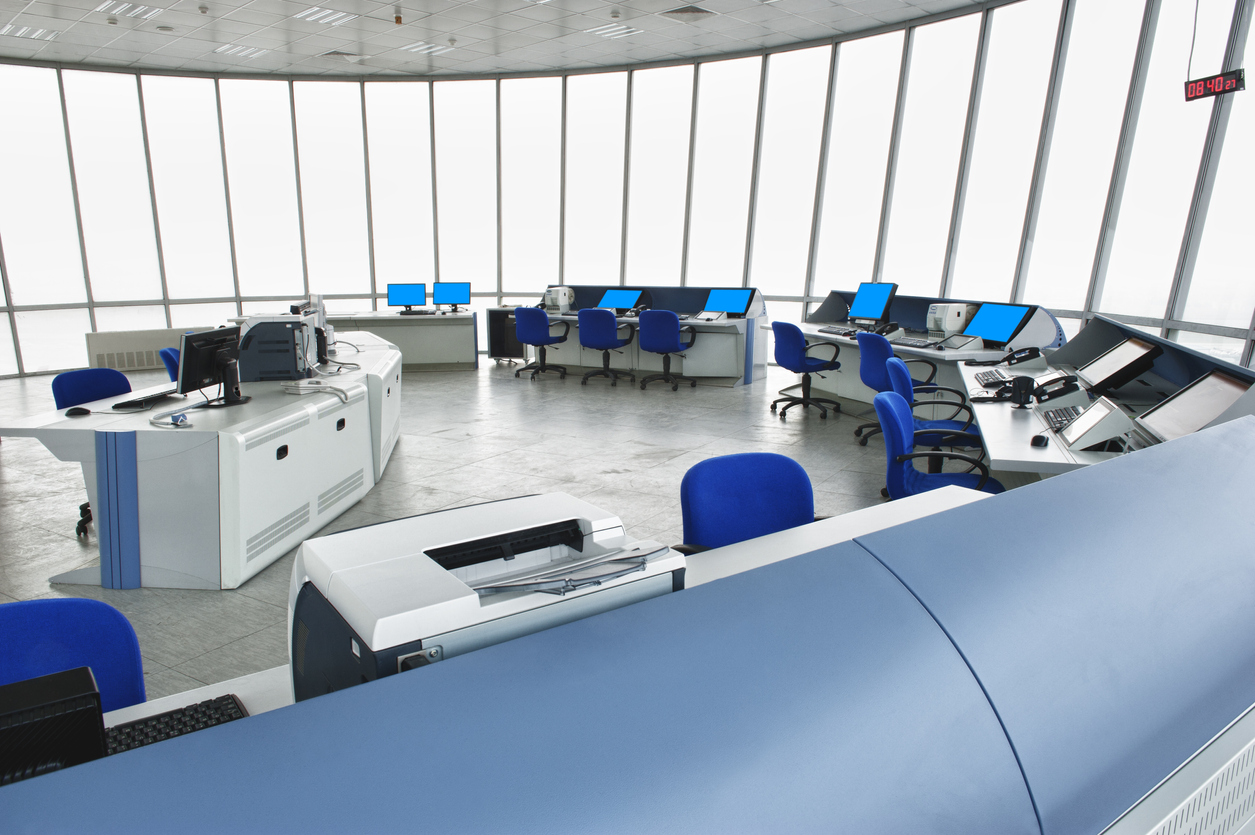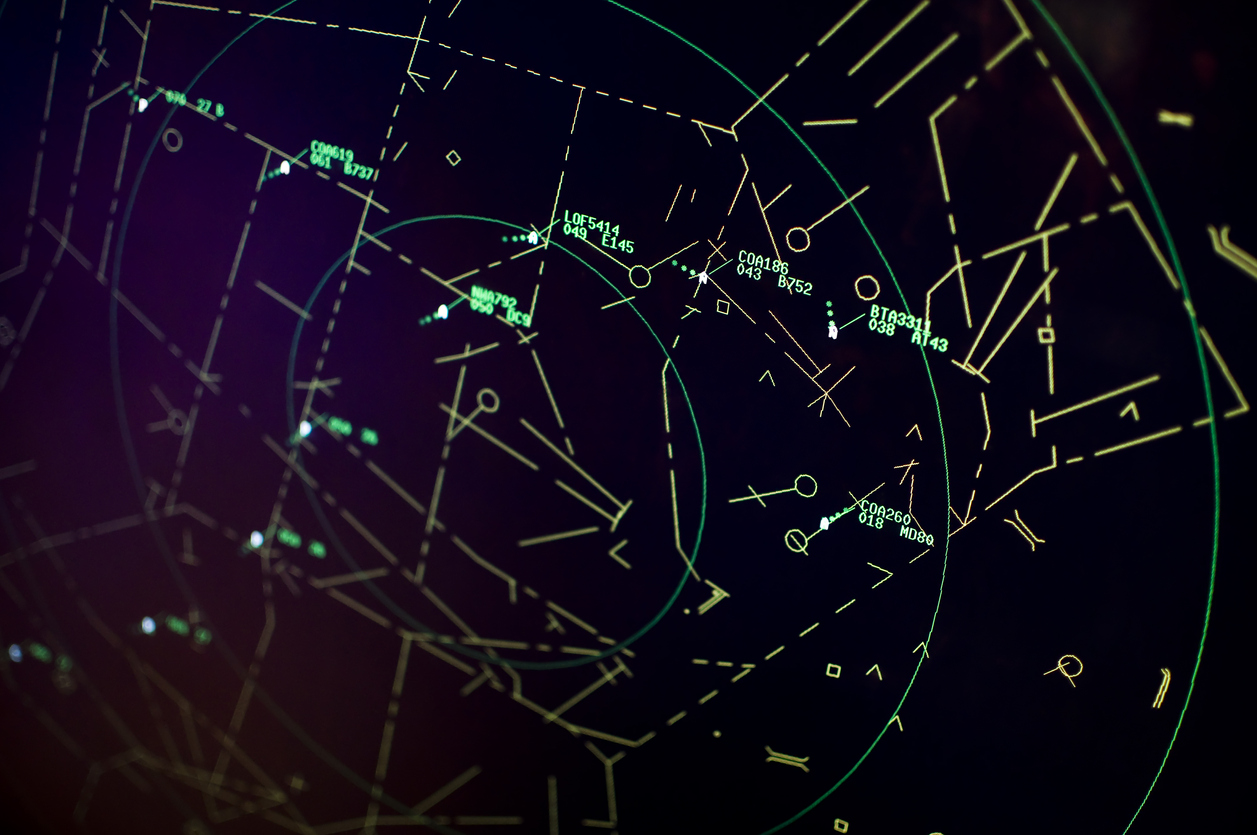You’ve all probably noticed that building, at or near the airport, that resembles a lighthouse. In fact, air-traffic control towers are lighthouses of a sort, albeit much more sophisticated and with many more functions. But what’s inside an air traffic control tower? Does is have more than one floor inside? Why is it so tall? Are they all the same? Here’s a post to clarify a few things about one of the most complex buildings in any airport.
The Function of an Airport Control Tower
At the risk of seeming obvious, let’s establish right off the bat that an ATC tower is the operations centre from which all taxiing, takeoffs, and approaches/landings of all aircraft at an airport are regulated. Air traffic is monitored – at some towers controllers are on duty 24/7 – to ensure maximum safety during all this, and it’s separated into slots to avoid delays and any other incidents. The significant difference in the structure’s height compared to the other surrounding buildings is essential, unsurprisingly, in order to be able to see, manually or mechanically, aircraft movement. Air traffic controllers issue takeoff and landing clearances and are extensively trained and are supported by a wealth of technology to ensure that the most common tasks, which do not require human involvement, are done with the utmost safety. The control tower not only observes arriving and departing aircraft but is also equipped with radio systems to direct them.

How is an Air Traffic Control Tower Orientated?
During operations, the priority for a control tower is to avoid aligning approaching aircraft with sunrise or sunset. This is one of the first factors considered when designing a tower.
By the way, did you know that they are not always located at the airport? Although this is the norm, they just need to have some essential services (telephone, electricity, water, etc.). It is also a regulation, in terms of accessibility, that they do not interfere with areas where aircraft operate.

What Are They Like Inside?
The tower’s height doesn’t serve only for getting up to the cab (the glass capsule that tops it) to see aircraft from the highest vantage point possible. Other aspects include:
Cab
The highest part of the tower is of course the most readily identifiable because of its extensive windows, and it’s where most air-traffic control tasks are carried out. There are a number of construction criteria that must be met:
- Lighting – It’s best to have three types of lighting within the cab: workstation lighting, which is adjustable, focusable, and dimmable; general lighting; and floor-level lighting, which is low intensity and necessary for nighttime activity.
- Climate control – The tower’s cooling and heating system of the control tower is installed at the junction level (see below), so that the noise and vibrations it generates do not hinder the work of the tower staff. It is essential for the optimum performance of the staff that the ambient temperature is uniform, and the same goes for the humidity level. Because of this, air traffic control towers have a secondary air-conditioning system housed in the cab itself, used only in emergencies.
- Visibility – Ideally the windows should be as close as possible to the workstations (i.e., all the equipment and technology that the controllers use to do their jobs). The angle of the glass should be optimal to avoid glare, and at eye level the controller should be able to distinguish aircraft from other vehicles at a glance.
Shaft
This is the tall column on top of which the cab sits and is equipped with lifts, stairs, and hoists to allow access for personnel and equipment.
Service Building
This is the technical area, normally a low building attached to the shaft. Normally the technical offices (tower manager, operations, supervisor, etc.) and maintenance offices (i.e., staff such as operating engineers, maintenance manager) are located here. In addition, there’s a workshop; storage spaces (including for archives and documentation); and rooms meetings, training, and the like. And of course it’s also equipped with toilets and parking facilities.

Junction Level
Finally, between shaft and the cab you’ll find the widest part of the tower, and one which may occupy one or two floors, depending on the airport. The junction level consists of several rooms for communications equipment, beacons, air conditioning, and surface radar, if available. There is also a room for staff to rest and, of course, toilets.
Photos | payamona; ToniFlap; interior baranzdemir; ninjaMonkeyStudio

